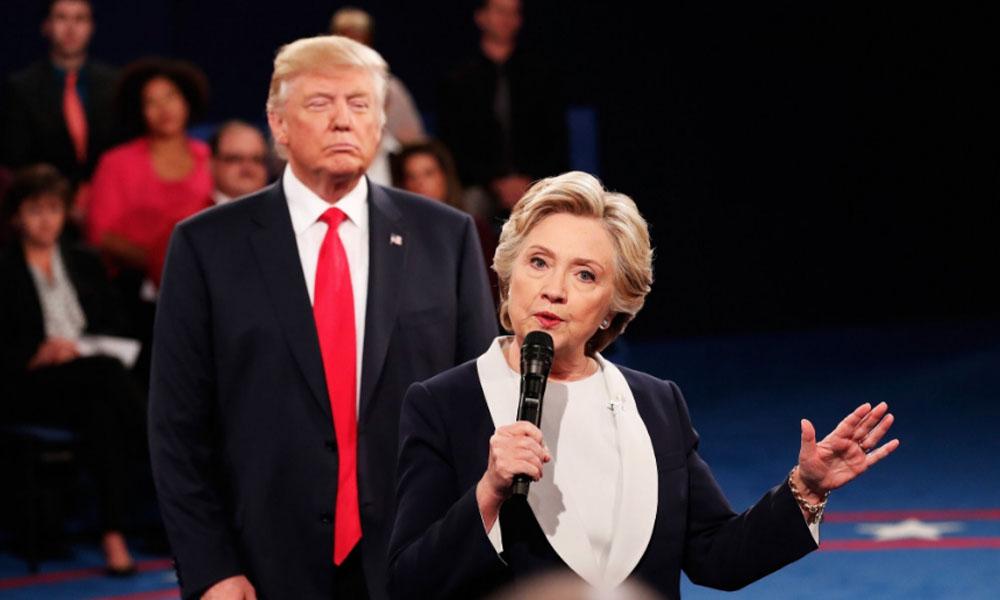KINIGUIDE | Last week, the prominent academic journal Science published a grim report that fake news spreads on average six times faster than true news.
This is based on an analysis by a team of Massachusetts Institute of Technology (MIT) researchers on data gleaned from Twitter since its founding in 2006 up till last year.
The report comes as the Malaysian government drafts new laws to combat fake news.
Civil society groups, however, warn that the new laws could lead to additional restrictions on bona fide news organisations and their reporting, pointing out that it is not the role of government to determine what is fake news or not.
With or without new laws, there are some steps you could take to boost your information literacy skills and make you less susceptible to fake news.
What is fake news?
The Collins Dictionary - which chose “fake news” as its “Word of the Year” for 2017 - defines fake news as “false, often sensational, information disseminated under the guise of news”.
The term was used during the 2016 US presidential election to describe websites which were proliferating at the time and spreading misinformation about the candidates.

On the other hand, the term was also used by the then US president-elect Donald Trump to discredit potentially damaging reports about him. This included news reports from genuine and even award-winning mainstream media organisations in the US.
Hence, when the term “fake news” is used, one should be careful in what way it is used. This KiniGuide will refer to the first definition above – the one provided by Collins.
So what do I do when I receive something I’d like to share?
Firstly, stop. That urge to share ought to set off alarm bells. Do first read the story in full and consider its veracity. If it makes you suspicious of the news or you are unsure about its veracity, you should not forward it as it may mislead others.
The first step is to check the original source of the news item. There should be a link to the source. If none is provided, that should be a red flag. Do a search and find out where the article was first published. And if there is a link, click on it and check if it comes from a credible website. Be mindful that someone could set up a dummy website so check the URL as well.

Also, check the date the article was published. Sometimes, an old but otherwise genuine news story is recirculated as though it’s a recent occurrence but the date shows it's a few years old (thus changing the context of the news report).
How can I spot fake news?
Verification and fact-checking can be a tricky business, even for a seasoned journalist. Often - due to limited resources and information - it is only possible to establish the veracity of a claim on some subjective scale rather than to declare the entire statement as being categorically true or false.
The US-based fact-checking site PolitiFact, for example, rates statements on a six-point scale ranging from “True” to “Pants on fire”. South Africa’s AfricaCheck, meanwhile, rates claims in eight different categories that include “unproven” and “exaggerated”
The diverse forms of misinformation - deliberate or otherwise - also makes it difficult to recommend any form of “one-size-fits-all” approach.
That being said, here are some tips and tools that you could use to determine the veracity of media claims that you might come across.
Check your biases
Do you happen to believe that BN is the root of all evil? In that case, that might be a sign you should think twice before sharing that article that is critical of BN. The same applies to articles that paint Pakatan Harapan in bad light if you have a dim view of the opposition coalition.

It is a natural human tendency to readily believe claims that conform to your worldview and be sceptical of claims that don’t.
Being aware of your own biases can help you find these blind spots and you should make a conscious effort to double-check a claim that you would otherwise readily accept as true to make sure you aren’t being hoodwinked.
In fact, if a story makes you feel strongly about an issue, that might be a sign that you should pause. Do consider checking first before you share that story. Especially if you're feeling shocked or angered...

